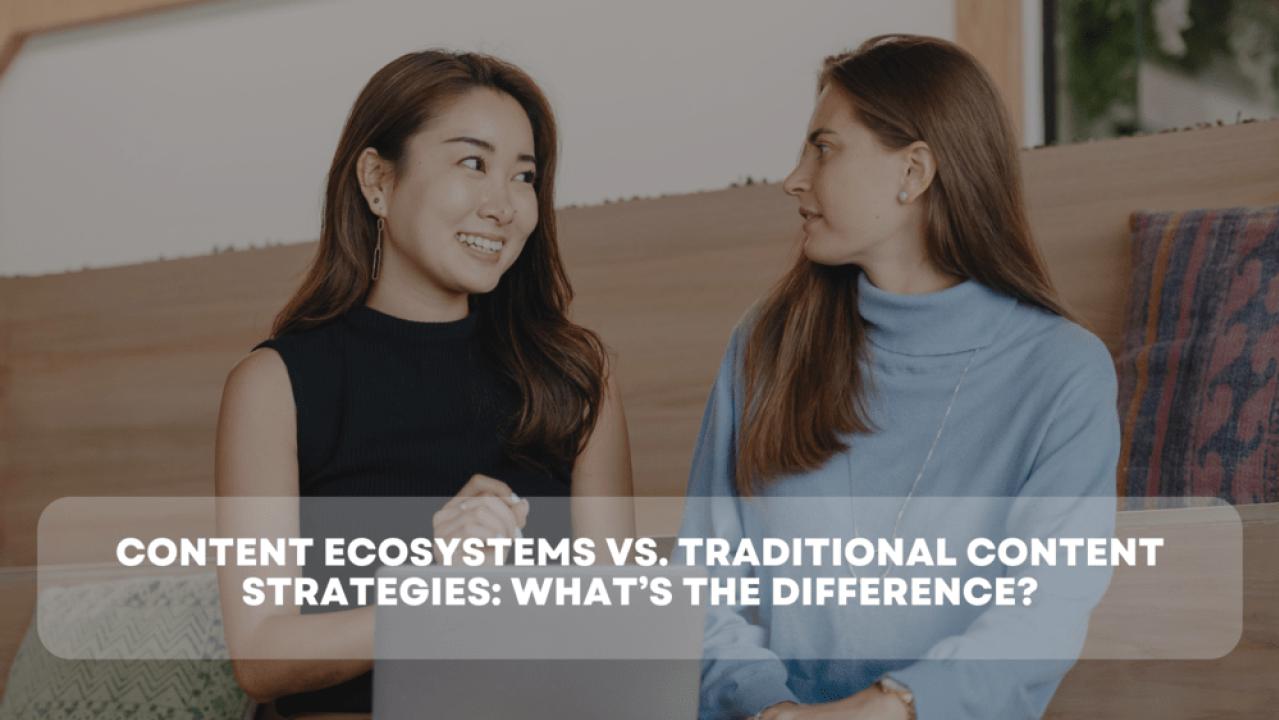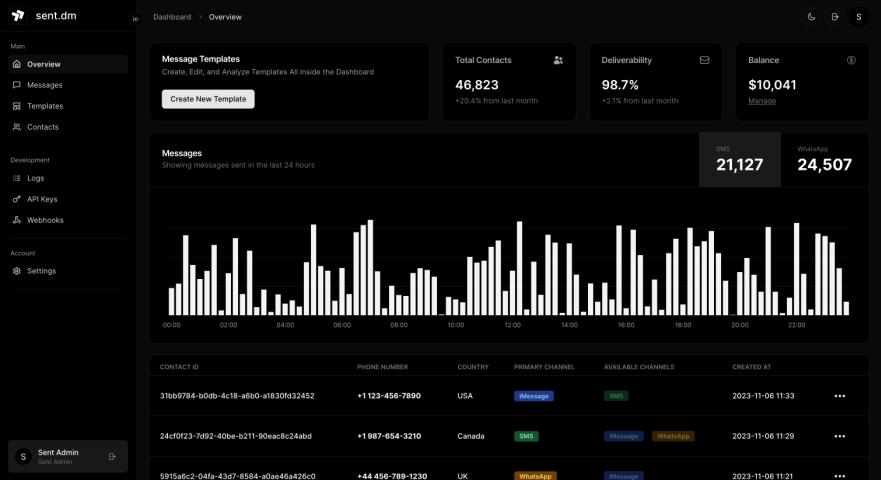The digital landscape has evolved dramatically, transforming how businesses interact with their audience. In this dynamic environment, the concept of a "Content Ecosystem" has emerged as a powerful alternative to traditional content strategies. Let's delve into the differences between these two approaches and explore how a content ecosystem can revolutionize your marketing efforts.
Understanding Traditional Content Strategy
For years, businesses have relied on traditional content strategies, typically focused on creating isolated pieces of content, such as blog posts, social media updates, or email newsletters. These efforts often operate in silos, with limited coordination and measurement. While this approach can yield some results, it often lacks the cohesion and impact required to thrive in today's competitive market.
- Key characteristics of traditional content strategy:
- Isolated content pieces
- Limited coordination
- Focus on individual content performance
- Difficulty in measuring overall impact
The Rise of Content Ecosystems
A content ecosystem is a more holistic approach that views content as an interconnected network of assets and channels working together to achieve specific business goals. It encompasses the entire content lifecycle, from planning and creation to distribution and measurement. By treating content as a living organism, businesses can create a more engaging and impactful experience for their audience.
- Key elements of a content ecosystem:
- Interconnected content pieces
- Strategic planning and alignment
- Multiple distribution channels
- Data-driven optimization
- Emphasis on audience engagement
The Benefits of a Content Ecosystem
Adopting a content ecosystem offers several advantages over traditional content strategies:
- Enhanced audience engagement: By delivering relevant and personalized content across multiple touchpoints, businesses can build deeper connections with their audience and foster loyalty.
- Improved brand awareness: A consistent content experience across all channels reinforces brand identity and increases visibility.
- Increased lead generation: A well-structured content ecosystem can effectively nurture leads through the customer journey, ultimately driving conversions.
- Better ROI: By optimizing content performance and measuring overall impact, businesses can maximize their return on investment.
- Leveraging Martech Benefits: A content ecosystem can be significantly enhanced through the use of Martech tools. These tools can automate content creation, distribution, and analysis, freeing up resources and improving efficiency.
Building a Successful Content Ecosystem
Creating a thriving content ecosystem requires careful planning and execution. Here are some key steps:
- Define your audience: Clearly understand your target audience's needs, preferences, and behaviors.
- Set clear goals: Establish specific, measurable, achievable, relevant, and time-bound (SMART) objectives for your content ecosystem.
- Develop a content calendar: Plan and schedule content creation and distribution across various channels.
- Create high-quality content: Produce valuable, engaging, and shareable content that resonates with your audience.
- Optimize for search engines: Ensure your content is discoverable through relevant keywords and SEO best practices.
- Leverage multiple channels: Distribute content across various platforms to reach a wider audience.
- Measure and analyze performance: Track key metrics and use insights to refine your strategy.
Conclusion
The shift from traditional content strategies to content ecosystems is a strategic move that can yield significant benefits for businesses. By embracing a holistic approach and leveraging the power of technology, organizations can create more engaging, effective, and impactful content experiences.















